
Remotely Accessing Your Water Treatment Controller
COVID-19 is leaving facilities all over the globe short-staffed, but facilities’ maintenance and management needs haven’t necessarily diminished.
While most of us didn’t expect a global pandemic to rewrite the operating instructions for our buildings, that’s what we are facing.
Facilities may have fewer engineers on site, and those engineers have greater responsibility and more duties than ever. As a result, there’s an increased risk of neglecting water treatment. We don’t have to tell you: Water treatment is critical to protect capital equipment and maintain operation and efficiency.
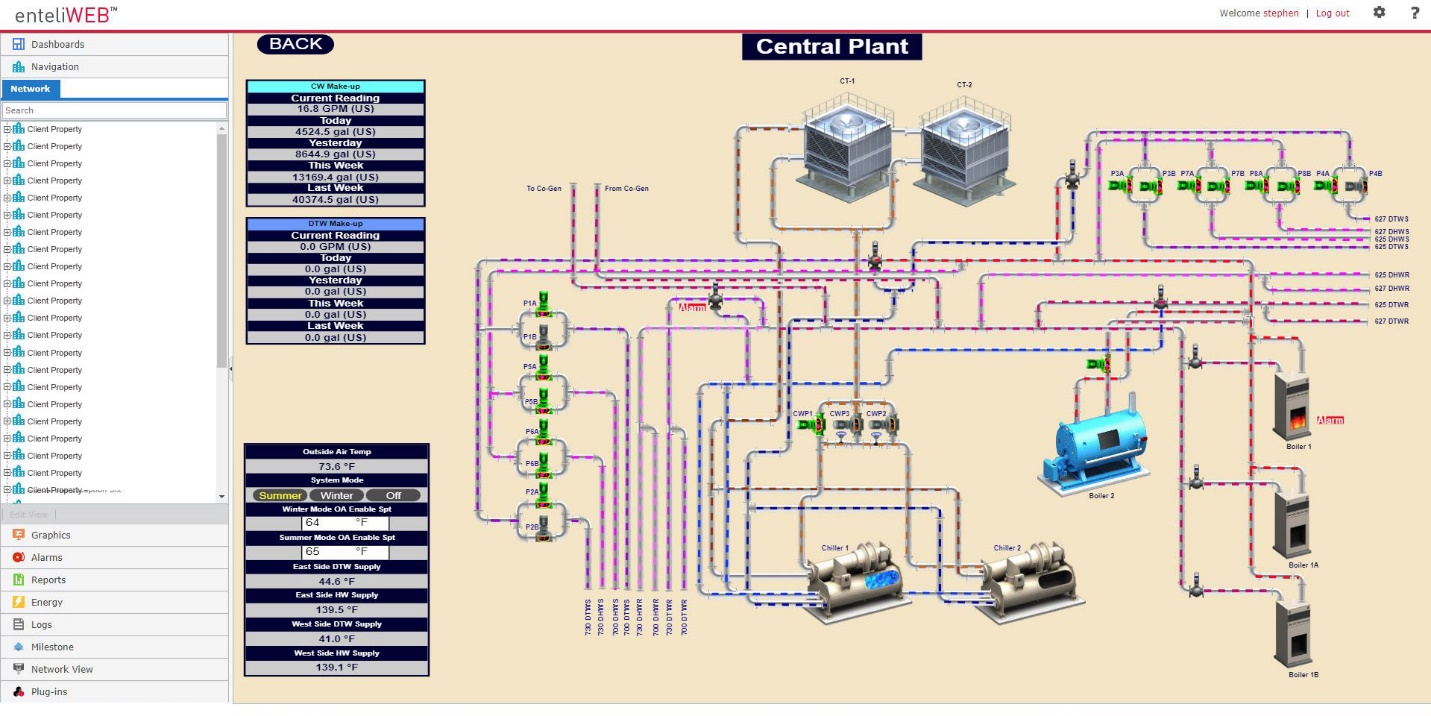
Building Management System (BMS), AKA Building Automation System (BAS)
There are multiple options for linking water treatment controllers with the BMS. If the data points from the controller are put into the BMS, these points become the same as all the other information throughout the facility; the BMS can trend, monitor, set up alarms and manage the information within its own domain.
Oftentimes the cost to completely tie into a BMS is expensive and the potential for getting through a facility firewalls prevents them from tying their water treatment controllers into their BMS.
However, by installing a wireless modem, password-protected access ties the water treatment controller into the internet where it can act like the BMS. It allows facilities to track Points and alarms which are normally set up through the BMS. This means that all adjustments, information, and alarms are accessible remotely, by the operator and/or the water treatment supplier.
This wireless modem option is simple. It is inexpensive and no wires need to be pulled. Points do not need to be identified and programmed, which further reduces their cost.
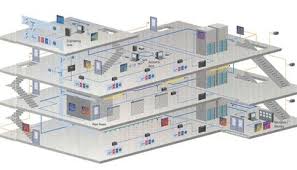
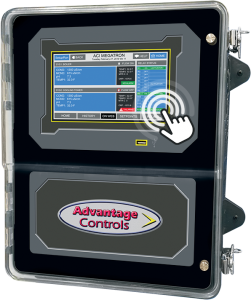
There is an even more primitive means for a controller to communicate problems to operators to insure control is not sacrificed. Most controllers have alarms built in. Without tying in a comprehensive BMS communication scheme from the controller, the controller merely sends a single contact or powers a relay to an alarm. This alerts busy operators that something is amiss in the control of their critical tower control equipment.
The good news is that today, most facilities rely on a building management system (BMS), also known as a building automation system (BAS). These computer-based systems control and monitor mechanical and electrical equipment such as lighting, power systems, ventilation, fire systems, and security systems. These BMS can control almost everything in the building; they can even include disaster-response mechanisms to minimize damage from earthquakes.
Does your facility rely on a BMS for automated control and remote access? If so, is your water treatment system integrated into it?
If not, now is a good time to pursue integrating it, and utilize the potential of your BMS. The technology exists for the BMS to gain remote access to the water treatment controller; and, thus enhancing control, maintaining water treatment chemistry, monitoring alarms, and more.
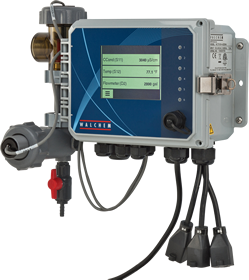
BACnet Communications
This tie in can be complete or it can be simple using a wireless modem. “Never let a good crisis go to waste” is a phrase we’ve been hearing lately, in a lot of contexts. In the context of your plant, this COVID crisis presents an opportunity to up everyone’s automation game, and your water treatment plant is no exception. By maximizing the capabilities of your BMS, you can onboard some systems that will continue to offer payback in the post-COVID years to come.
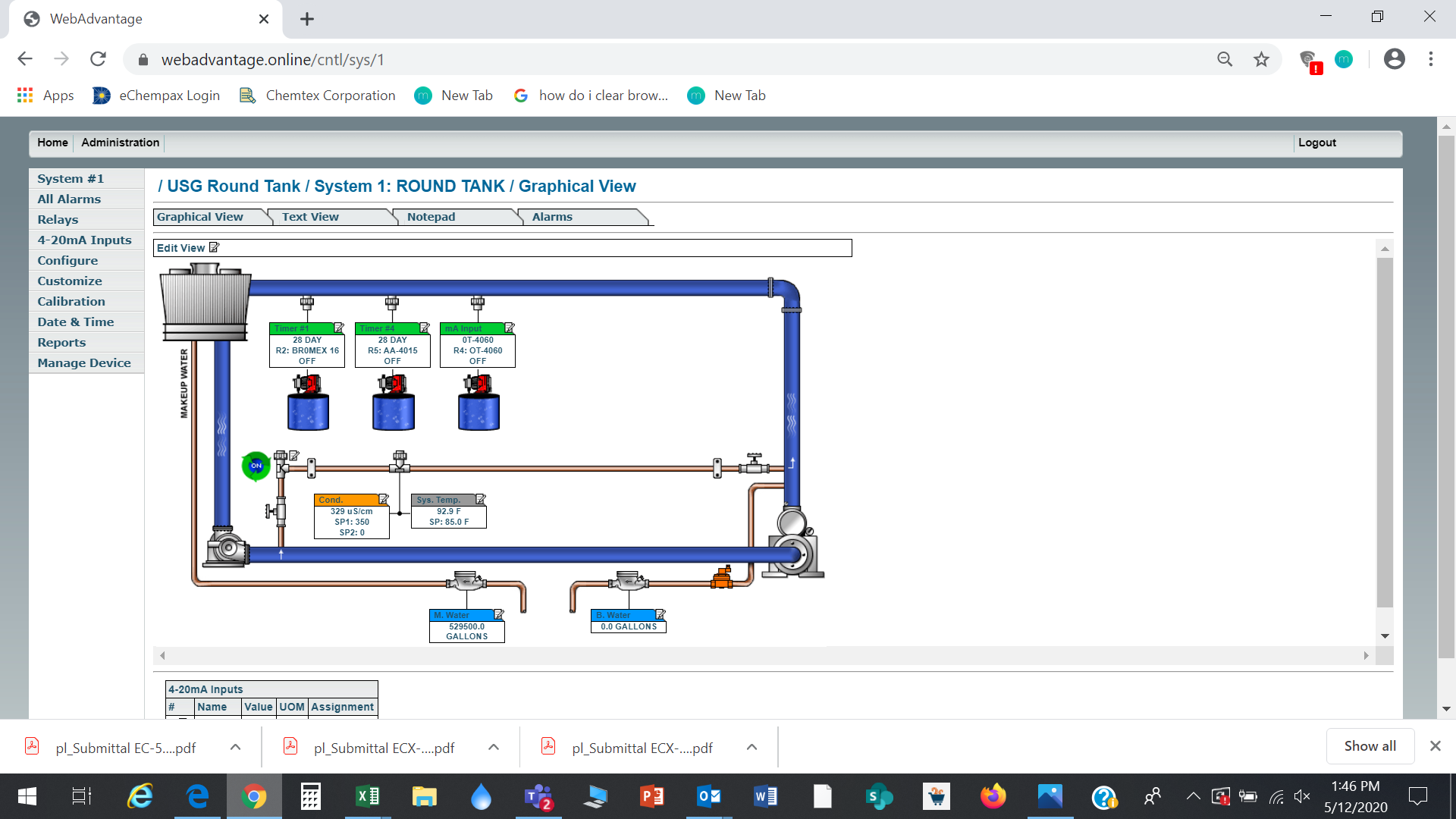
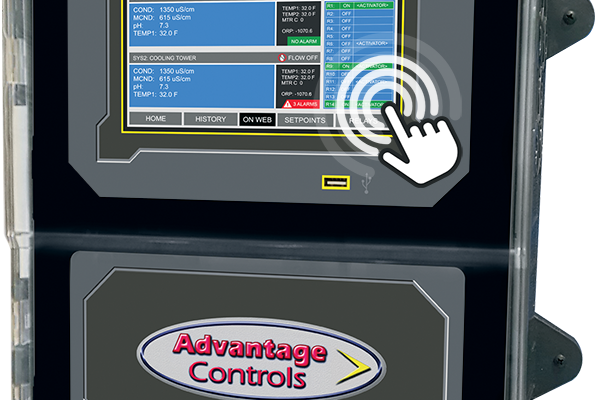
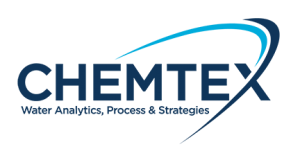
/NQA-ISO-9001-Logo-ANAB.jpg)